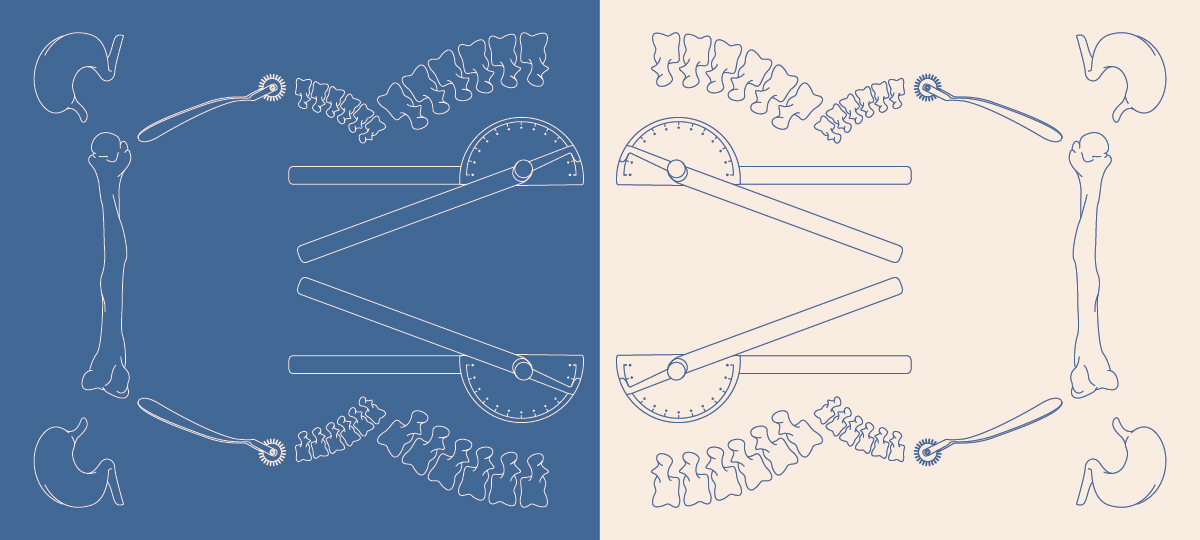Osteoarthritis is the most common form of arthritis, affecting millions worldwide. It doesn’t have a preference on where it would be located, as it can affect any joint in the body. A joint consists of 2 bones meeting to allow a specific movement (depending on the type of joint), and at the ends of these bones there is cartilage that protects the bone of wear and tear and allows a slippery glide. But over time that wear and tear just becomes too much and breaks down the cartilage, resulting in pain during movement and bone-on-bone rubbing.
Not only does osteoarthritis affect the joint surfaces, but the entire joint itself as it deteriorates the bone, the connective tissues that hold the joint together and muscular structures that attach to bone, and inflammation of the joint lining.
When a joint has a much larger range of motion (think your hips vs your elbows), the higher the risk of injury because the strength is reduced. So generally speaking, it makes total sense that weight bearing joints like your hips and knees are more prone to significant wear and tear and resulting in replacements in comparison to an elbow or fingers.
Osteoarthritis is a condition where it develops over time, and it’s important to pay attention to your body to determine the type of pain you’re feeling. Of course it’s not reversible, but knowing how advanced your osteoarthritis is can guide you to the appropriate therapy to assist in maintaining strength and mobility.
Factors that can increase the likelihood of developing this condition;
– Older age
– Sex; women are more likely to develop osteoarthritis, though it isn’t clear why
– Obesity
– Joint injuries; even injuries that occurred many years ago and seemingly healed can increase your risk
– Repeated stress on the joint
– Genetics
– Bone deformities
– Certain metabolic diseases; these include diabetes and a condition in which your body has too much iron (hemochromatosis)
Signs of osteoarthritis;
– Pain; affected joints might hurt during or after movement
– Stiffness; joint stiffness might be most noticeable upon awakening or after being inactive
– Tenderness; your joint might feel tender when you apply light pressure to or near it
– Loss of flexibility; you might not be able to move your joint through its full range of motion
– Grating sensation; you might feel this when you use the joint, and you might hear popping or crackling
– Bone spurs; these extra bits of bone can form around the affected joint
– Swelling; this might be caused by soft tissue inflammation around the joint
Massage therapy is a great method of treatment to help with pain management and maintaining joint health and mobility. Seeing a strength and conditioning coach can further your success in taking control of what can be a debilitating condition.
Give The Honesty Policy a follow on Facebook at @thehonestypolicyca and on Instagram at @thehonestypolicyca . Here you can watch my tutorials and read condensed versions of my blog posts!

Article Sources
Subscribe to our newsletter!
The medical information on this site is provided as an information resource only, and is not to be used or substituted for any diagnostic or treatment purposes. The information we provide is for general use. Always seek the guidance of your doctor or other qualified health professional before making any medical decisions.
If you think you may have a medical emergency, call your doctor, go to the nearest hospital emergency department, or call the emergency services immediately. If you choose to rely on any information provided by The Honesty Policy, you do so solely at your own risk.
